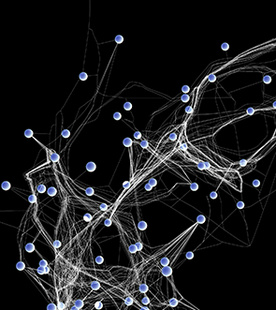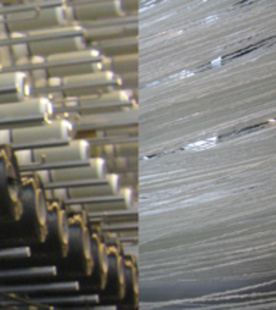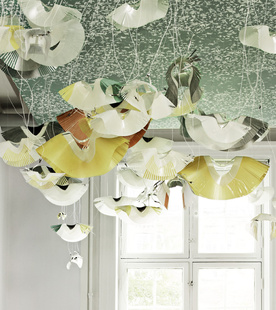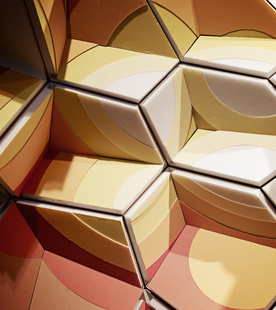Tore Banke: Parametri i praksis - Generativ performance i arkitektur

This PhD project examines the development of parametric sketch tools that integrate multidisciplinary knowledge into the creative architectural design process. Done in collaboration with the Danish architecture office 3XN and Centre for IT and Architecture (CITA) at The Royal Danish Academy of Fine Arts, School of Architecture, Design and Conservation. The project investigates how daylight quality, solar radiation control, and visual and thermal control can be design parameters in the initial design phase. The research is based on practical experiments performed in the competition department at the architecture office 3XN. These experiments are carried out in close collaboration with daylight consultants at Esbensen Engineers, DTU, and the Danish Technological Institute.
Today 80 % of vital design decisions are made during the first 20 % of the design process [Theßeling et al. 2008]. These early decisions concern the work of architects involved in the initial design phase. Today the architecture profession is facing increasing demands for sustainable solutions and so, daylight conditions and indoor comfort have come into focus as never before. The design processes and creative work methods of architects are challenged by the technical processes involved in calculating daylight. The digital toolsets for analysis and simulation have for years been used primarily by engineers and have been applied very late in the design process. At this stage it is costly and often too late to change the overall building design [Liebchen 2002]. Developments in recent years have made analysis and simulation tools for daylight available for architects. In spite of this, these tools are rarely being used in the early design phases, where decisions mainly rely on ”rule-of-thumb” methods and past experience.

In recent years programs like Grasshopper and Generative Components have made parametric tools with visual programming interfaces accessible to architects at low cost. This gives the opportunity to produce customised toolsets where simulation and architectural design can happen simultaneously. This research project investigates if parametric tools can be used to simulate daylight thereby increasing communication between members of the design team and improving early design decisions.







